Sorghum is a rich in protein grain with texture similar to millet. In the United States, farmers use sorghum as feed for livestock.
In Africa and Asia, people use it in dishes such as porridge and bread. Sorghum is a good alternative food for people who are sensitive to gluten - a protein found in grains such as wheat, rye and barley, as it contains no gluten and can serve as a substitute for wheat.
Boiled sorghum
Combine one cup hulled sorghum grain with 2 1/2 to 4 parts water in a large saucepan. The amount of water will vary depending on the variety of sorghum. You can always add more water during cooking if the water is completely absorbed before the sorghum becomes soft.
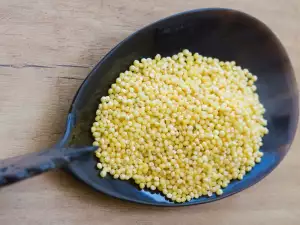
Cover the sorghum and let it soak for several hours or overnight. This will soften the grains and make them easier to cook.
Once you soak out the sorghum, place it on the stove and let it boil. Reduce heat and simmer until the water is absorbed and the sorghum becomes like cooked rice. Season with salt and pepper and use to garnish instead of rice.
Sorghum porridge
Combine 1 cup of sorghum flour and 1/2 cup water in a bowl. Cover the Sorghum and leave it in a warm place for two days to ferment. You can skip this step if you do not want fermented mash.
Put 3-4 cups of water to boil in a large pot, the amount of water depends on how thick you want the mash.
Stir the mixture of sorghum in boiling water, then cook for 10 to 15 minutes, until there is a smooth, thick paste. Sweeten with sugar or honey before serving. You can vary the taste of the porridge with chopped banana and a handful of nuts.
You can use sorghum in a wide range of dishes. It will create great tasting healthy meals which use rice - sorghum is a wonderful substitute.
Whole-grain sorghum can be used in addition to vegetable salads or cooked dishes. It looks like grits or wheat and combined with fruits is a unique solution for a daily dose of 2 to 3 servings of whole grain.
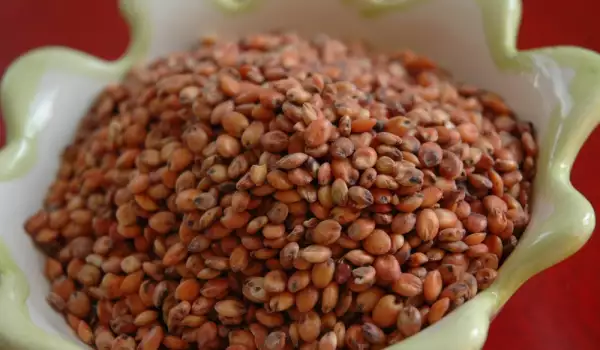





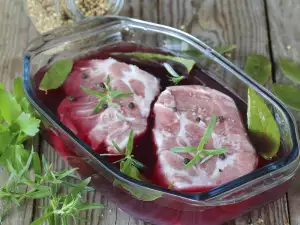


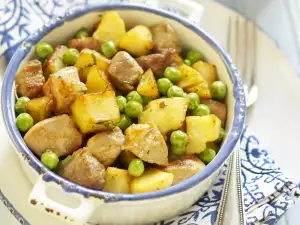

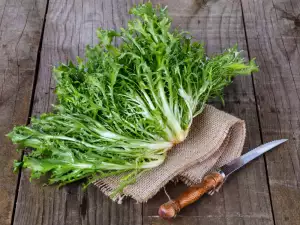
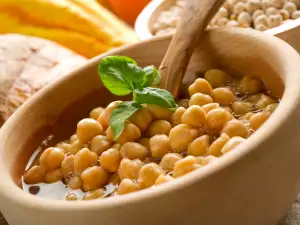







Comments